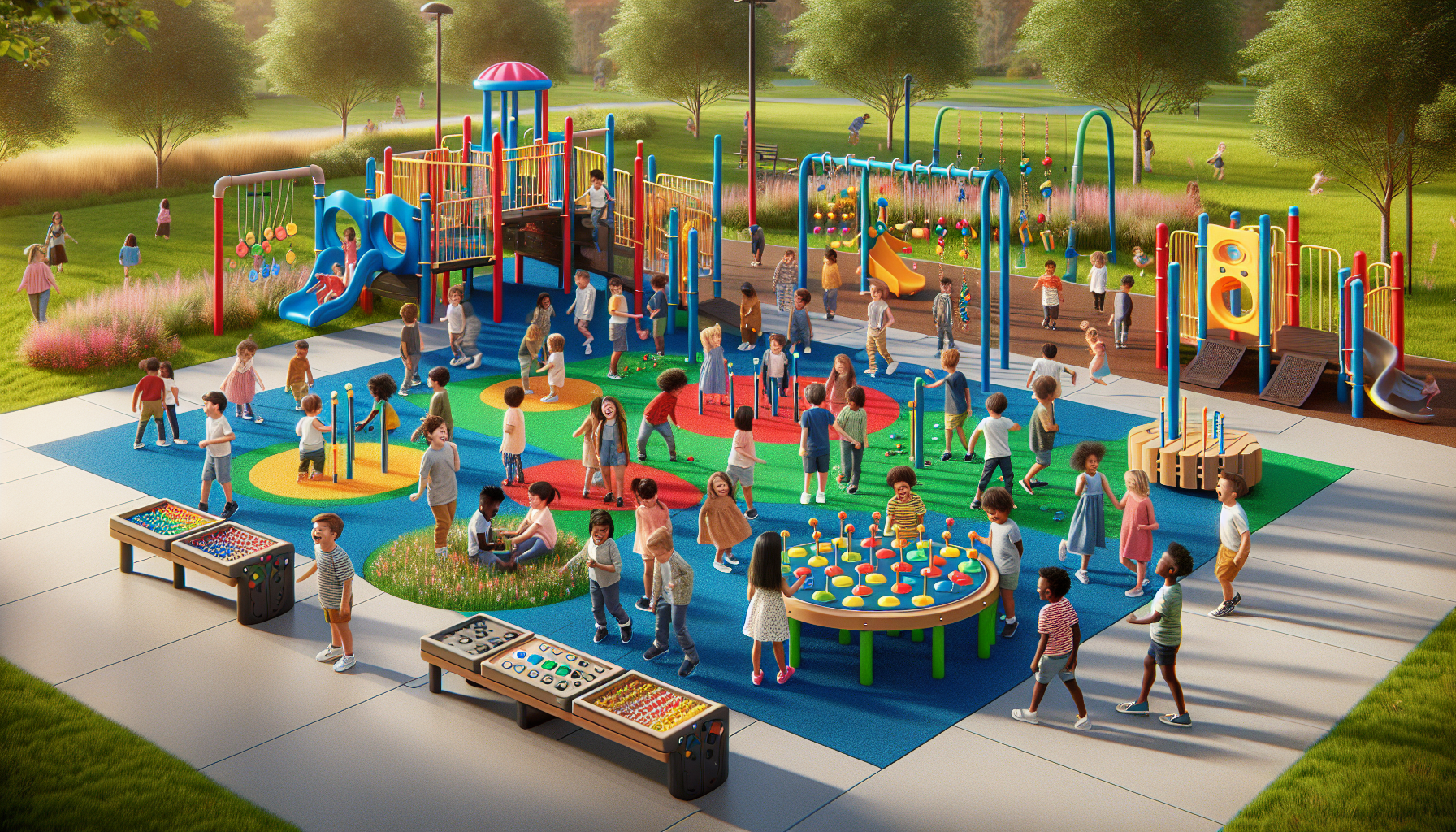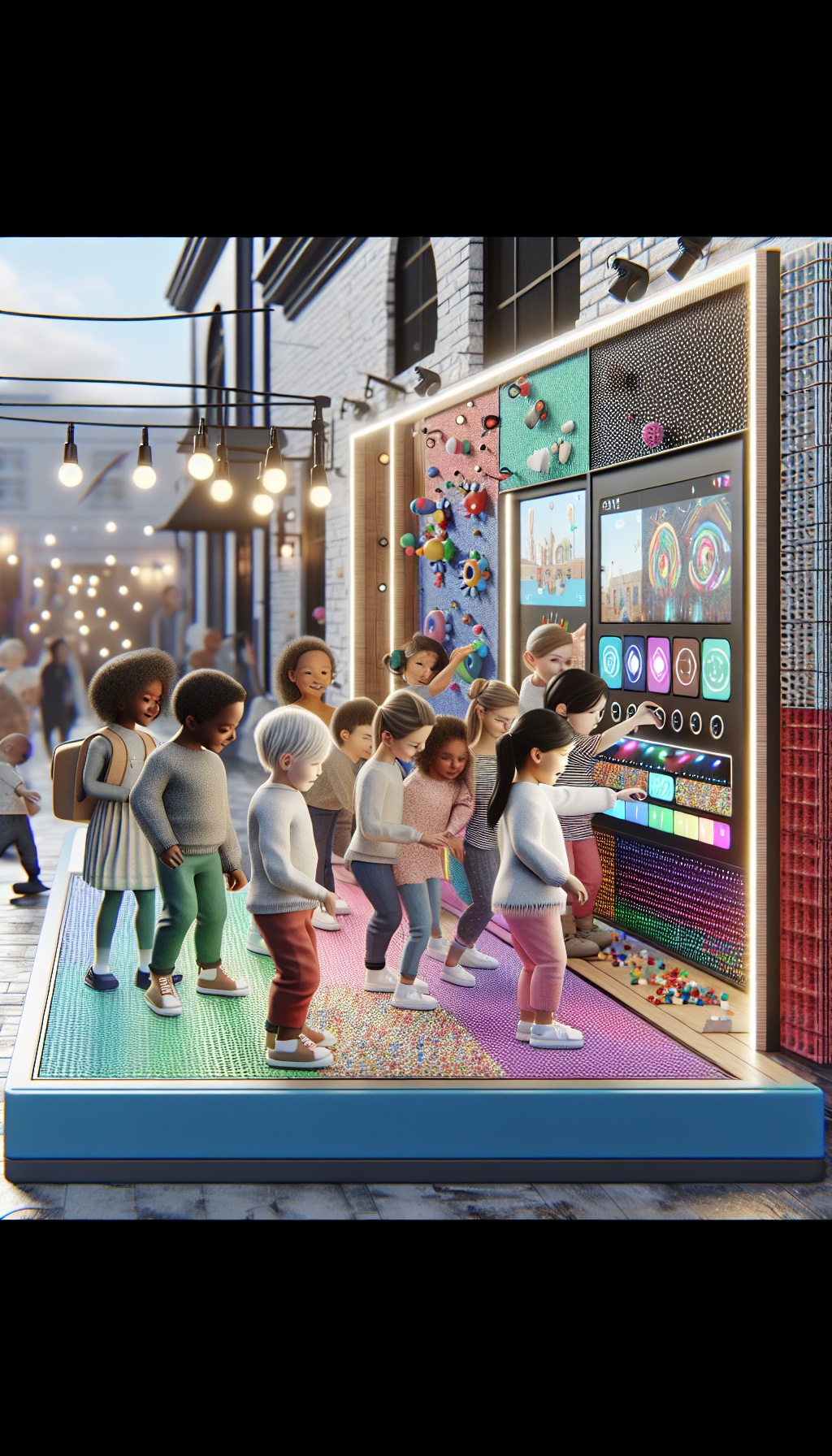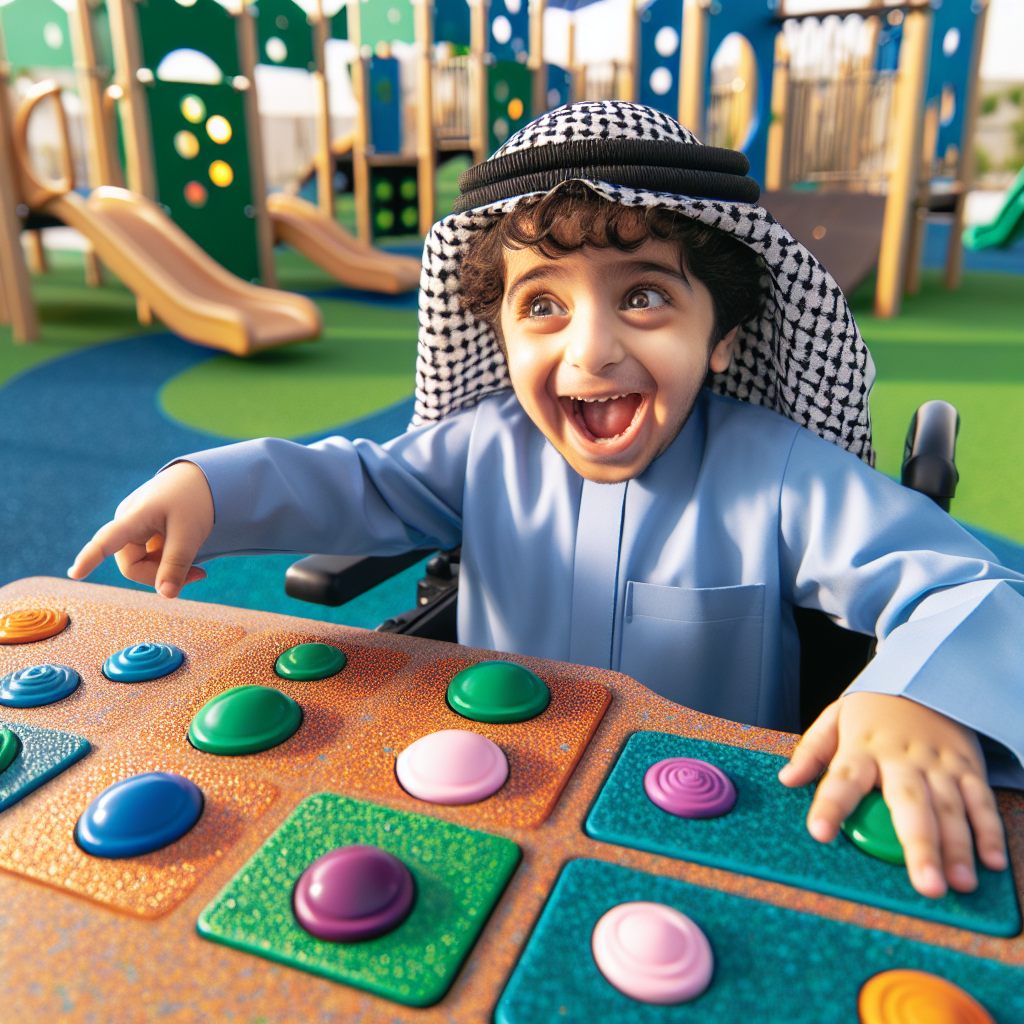Playgrounds serve as a cornerstone of childhood, a place where children can explore, learn, and grow through play. However, for children with sensory processing disorders or other neurological challenges, traditional playgrounds can be overwhelming or inaccessible. This is where inclusive playgrounds with sensory stations become invaluable. These playgrounds are designed to provide a safe and engaging environment for all children, including those with special sensory needs.
Understanding Sensory Needs in Children
Children with sensory processing disorders may experience hyper-sensitivity or hypo-sensitivity to stimuli in their environment. Hyper-sensitivity can make the typical hustle and bustle of a playground too intense, while hypo-sensitivity might mean a child seeks out more intense sensory experiences to feel satisfied. Inclusive playgrounds are designed to cater to these diverse needs, creating a balanced environment that is enjoyable for all.
Sensory Stations: A Key Component
Sensory stations are specialized areas within a playground that offer various sensory inputs, from tactile to auditory, and visual to proprioceptive. These stations provide targeted sensory experiences that can be calming or stimulating, depending on the child’s needs. They are not only beneficial for children with sensory processing disorders but also for those with autism, ADHD, and other developmental differences.
The Importance of Inclusive Play
Inclusive play is essential for several reasons. It allows children of all abilities to play together, which promotes understanding, empathy, and social integration. It also ensures that no child is left out due to physical or sensory limitations. By offering a variety of sensory experiences, inclusive playgrounds can cater to a wide range of preferences and needs.
Designing Sensory Stations
When designing sensory stations, it’s important to consider the seven senses:
- Visual – Stations with bright, contrasting colors or gentle, calming patterns can engage or soothe the visual sense.
- Auditory – Elements that produce sound, like musical instruments or rustling leaves, cater to the sense of hearing.
- Olfactory – Fragrant plants or scented areas can provide olfactory stimuli.
- Tactile – Textured surfaces, water features, and various materials can engage the sense of touch.
- Gustatory – Although less common in playgrounds, areas for safe taste experiences can be included.
- Proprioceptive – Equipment that allows pushing, pulling, or lifting can help with body awareness.
- Vestibular – Swings, slides, and balance beams stimulate the sense of movement and balance.
Best Practices for Sensory Playgrounds
Creating an inclusive sensory playground involves careful planning and consideration of the needs of all children. Here are some best practices:
- Safety First: Ensure all materials and equipment are safe and durable.
- Variety: Include a range of sensory experiences to cater to different preferences and needs.
- Accessibility: Design pathways and equipment that are wheelchair-friendly and accessible to children with various mobility levels.
- Signage: Use clear signs to guide children to appropriate stations based on their sensory preferences.
- Quiet Zones: Provide areas where children can retreat if they feel overwhelmed.
Examples of Sensory Stations
Here are some examples of sensory stations that could be included in an inclusive playground:
- Touch Wall: A wall with different textures ranging from smooth to rough.
- Sound Garden: An area with various musical instruments like drums or chimes.
- Visual Maze: A maze with mirrors and colored panels.
- Scent Garden: A garden with a variety of fragrant plants.
- Water Play Area: A place for children to interact with water in a controlled environment.
The Role of Sensory Stations in Development
Sensory stations can play a significant role in a child’s development. They can enhance motor skills, promote cognitive development, and provide therapeutic benefits for children with sensory processing challenges. Incorporating sensory stations into playgrounds aligns with the principles of occupational therapy and can be seen as an extension of sensory integration therapy.
For further reading on the impact of sensory integration on educational outcomes, consider The Impact of Sensory Integration on Educational Outcomes.
Sensory Health: A Broader Perspective
Sensory health goes beyond playgrounds. It encompasses a range of strategies and environments that support individuals with sensory challenges. For more information on sensory health, please visit Sensory Health.
Supporting Sensory Stations with Technology
The role of technology in enhancing sensory experiences can’t be overstated. From interactive floors that respond to a child’s movement to apps that help customize sensory inputs, technology can make sensory stations even more engaging and beneficial.
Read about the innovative ways technology is being used in The Role of Technology in Sensory Health Interventions.
Community and Sensory Health
Inclusive playgrounds with sensory stations are not just a boon for the children who use them; they also foster community spirit and awareness. They serve as a model for how public spaces can be designed to be welcoming and functional for everyone, contributing to the overall sensory health of the community.
A deeper dive into how sensory-friendly designs are being integrated into public transportation can be found in Sensory-Friendly Solutions for Public Transportation.
External Resources
To further support the points made in this article, here are some niche resources:
- Inclusive Play Design Guide – A comprehensive guide for creating inclusive play environments.
- STAR Institute for Sensory Processing Disorder – A resource for understanding sensory processing challenges and strategies.
- Boundless Playgrounds – An organization dedicated to helping communities create extraordinary inclusive playgrounds.
- Play and Playground Encyclopedia – A detailed resource on playground history, design, and benefits.
Conclusion
Inclusive playgrounds with sensory stations represent a leap forward in creating environments that cater to the needs of all children. They embody the principles of universal design and show a commitment to promoting sensory health, social inclusion, and the right to play for every child. As communities continue to recognize the importance of sensory health and inclusive play, we can expect to see more of these innovative spaces enriching the lives of children and families.



